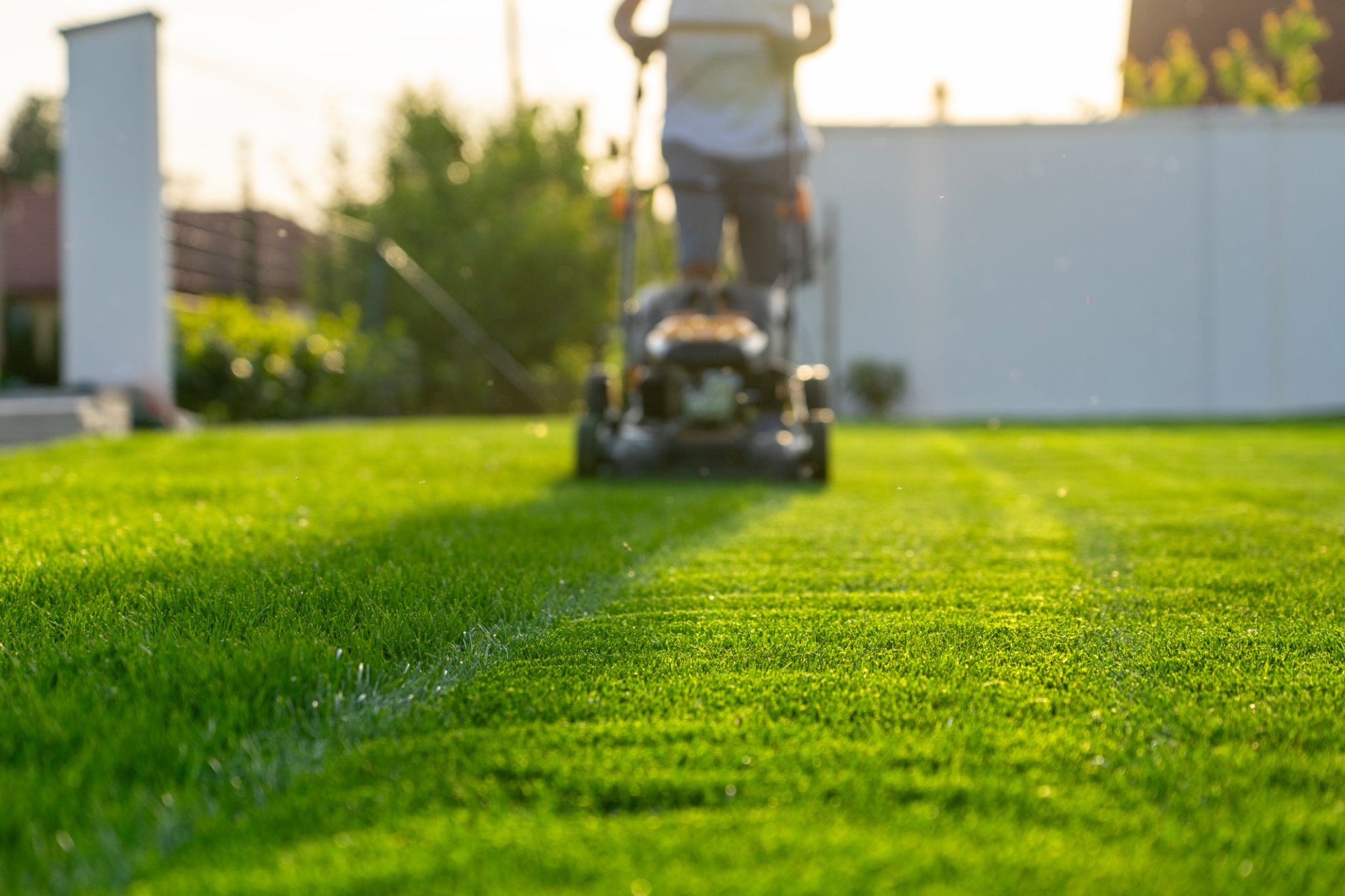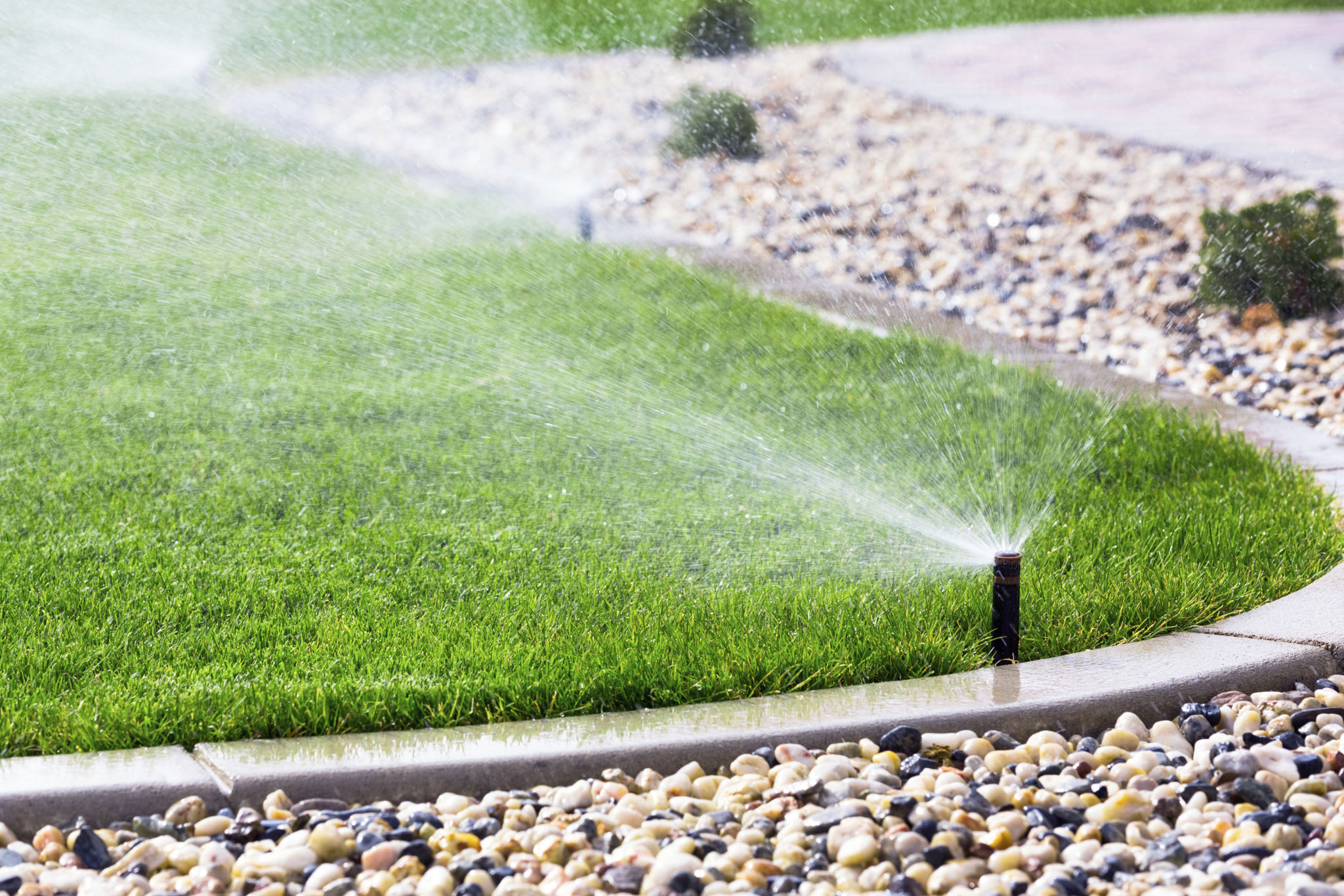DIY Lawn Care Tips: Save Money with Professional Results
Understanding Your Lawn
Before diving into the world of DIY lawn care, it’s essential to understand what your lawn actually needs. Not all grasses are created equal; they vary in type, climate preference, and care requirements. The first step is to identify the type of grass you have. This knowledge will help determine the best maintenance schedule and the right products to use. A well-informed approach can lead to healthier grass and more effective results.
Consider the climate and soil conditions of your area. Both factors play a significant role in how often you should water and fertilize your lawn. Conducting a soil test can provide valuable insights into nutrient levels, helping you choose the right fertilizer.

Essential Lawn Care Tools
Investing in the right tools is crucial for achieving professional-looking results. Basic tools such as a lawnmower, edger, and trimmer are must-haves for any lawn care enthusiast. A quality mower ensures an even cut, while a trimmer helps maintain clean edges and reach areas where mowers cannot.
Additional tools like a leaf blower and a rake can assist in keeping your lawn tidy from debris and leaves. For those serious about lawn care, investing in aerators and dethatchers can be beneficial for maintaining long-term lawn health.
Mowing Tips for a Healthier Lawn
Mowing might seem straightforward, but doing it right can make a significant difference. Set your mower blades high to avoid cutting the grass too short, which can stress the plants and make them more susceptible to weeds and diseases. Regularly sharpening your mower blades ensures a clean cut, which helps grass heal faster.

Watering Wisely
Proper watering is vital for a lush lawn. Instead of frequent shallow watering, aim for deep, infrequent watering sessions. This encourages deeper root growth, making your lawn more drought-resistant. Water early in the morning to reduce evaporation and fungal diseases.
If you're uncertain about how much water your lawn needs, a simple test is to place an empty tuna can on your lawn while watering. When the can is full, you've provided about an inch of water—a sufficient amount for most lawns.

Fertilization and Weed Control
Fertilizing your lawn provides essential nutrients that may be missing from the soil. Choose a fertilizer based on your soil test results, and follow the recommended application rates. Over-fertilizing can harm your grass and lead to nutrient runoff.
For weed control, consider using pre-emergent herbicides in early spring to prevent weeds from germinating. Post-emergent herbicides can be used for those that slip through. Regular mowing and maintaining a thick, healthy lawn are also excellent defenses against weeds.
Maintaining Your Equipment
Keeping your tools in good condition not only prolongs their lifespan but also ensures they function efficiently. After each use, clean your tools to remove dirt and debris. Regular maintenance checks, such as oiling moving parts or replacing worn-out blades, can enhance performance.
By following these DIY lawn care tips, you'll be able to achieve professional results without breaking the bank. With patience and dedication, your lawn will become the envy of the neighborhood.